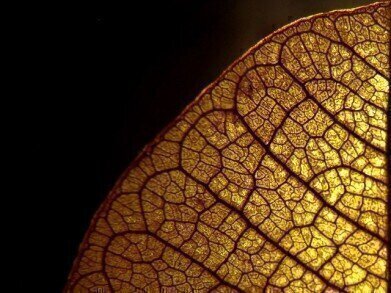Environmental Laboratory
How Do Artificial Leaves Work?
Sep 01 2019
On the face of things, artificial leaves are a two-pronged weapon in the fight against carbon emissions and global warming. Not only do they convert carbon dioxide (CO2), a damaging greenhouse gas that is noxious to humans, into a usable fuel source, but they also turn water into breathable oxygen to replenish our airways. Even better, all of this is achieved using renewable energy from the sun.
However, as with many forms of engineered nanotechnology, the current setup poses both a problem as well as a solution. At present, the artificial leaves in use are highly inefficient, converting a mere 15% of the CO2 they absorb into fuel and releasing the remaining 85% back into the atmosphere along with the oxygen created from the water. As such, drastic improvements in the system are required to make artificial leaves a realistic weapon against carbon emissions.
Acidic splits
Current forms of artificial leaves function via the use of a photoelectrochemical cell. CO2 enters through the cell’s electrolyte component, where it is dissolved and converted into bicarbonate anions. These travel through to the “positive” side of the leaf, where water is converted into oxygen. However, that latter conversion process has the unwanted side effect of creating acidic electrolytes as well.
When the bicarbonate anions come into contact with the acidic substances, they produce CO2 once more. This is then released along with the oxygen, contributing to the very issue that the artificial leaves were designed to alleviate. Thus, like many other forms of carbon capture technology, the leaves are not yet operating at anything close to peak efficiency.
“The artificial leaves we have today aren't really ready to fulfil their promise as carbon capture solutions because they don't capture all that much carbon dioxide,” explained Meenesh Singh, author of a new paper investigating the issue. “In fact, [they] release the majority of the carbon dioxide gas they take in from the oxygen-evolving “positive” side.”
Solution buffering
To circumvent the problem, Singh decided to introduce a buffer between the bicarbonate anions and the acidic side of the leaf. Singh serves as assistant professor of chemical engineering at the University of Illinois and has previously implemented similar technology to optimise artificial leaves in a different sense, by endowing them with the capability to absorb CO2 from the atmosphere rather than from pressurised tanks.
Applying the same kind of bipolar membrane, Singh and his colleagues were successful in separating the two parts of the leaf and preventing the chemical reaction which causes the production of CO2. Thanks to their small but significant tweak in the leaf’s composition, they were able to boost its carbon-conversion efficiency from just 15% to between 60% and 70%.
Along with Singh’s other efforts in adapting artificial leaves to real-world conditions, he is hoping that this latest alteration in their composition will make the technology both implementable and scalable to provide a meaningful contribution towards our CO2 issues.
Digital Edition
AET 28.2 April/May 2024
May 2024
Business News - Teledyne Marine expands with the acquisition of Valeport - Signal partners with gas analysis experts in Korea Air Monitoring - Continuous Fine Particulate Emission Monitor...
View all digital editions
Events
Jul 30 2024 Jakarta, Indonesia
China Energy Summit & Exhibition
Jul 31 2024 Beijing, China
2024 Beijing International Coal & Mining Exhibition
Aug 07 2024 Beijing, China
IWA World Water Congress & Exhibition
Aug 11 2024 Toronto, Canada
Aug 25 2024 Stockholm, Sweden and online









.jpg)








